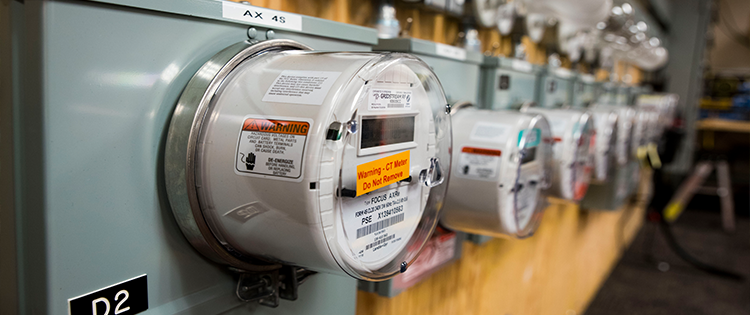 Flexible and efficient solutions to meet growing demand
Flexible and efficient solutions to meet growing demand
Demand response is a strategy designed to decrease load on the grid during times of peak use. It involves modifying the way customers use energy – particularly when they use it-- to prevent spikes in energy usage and ensure reliability. In response to our region’s growing energy needs, we now operate demand response programs across our service territory. Encouraging simple, energy-saving behavior changes and utilizing technologies like smart thermostats, these programs help ensure reliable electricity for all.
How it works
Demand response programs are 100% voluntary. Once enrolled, customers are notified when we anticipate spikes in energy usage that require lowering and/or shifting energy usage in order to meet demand. We call these “Flex events.” This might mean that a customer’s smart thermostat automatically warms or cools their home or building earlier than usual, requiring no action from the customer. Or customers can take action to reduce energy usage by following saving tips provided by PSE.
Customers may be incentivized to participate in demand response, and it also has the potential to reduce our carbon footprint through energy efficiency.
How we’re deploying it
We operate several demand response programs for residential customers, known collectively as PSE Flex.
We also operate limited pilot programs designed to reduce the need for more new infrastructure in communities where it is more cost-effective to implement demand response.
For small, medium, large and industrial business customers, our Business Demand Response program provides opportunities to earn incentive payments while helping maintain reliable electricity.
Community Engagement Report
PSE strives to empower historically disenfranchised customers in the clean energy transition by providing the opportunity to co-design the next iteration of our customer programs. We are building procedural equity into our work and creating space for collaboration between customers and utilities to create inclusive, accessible clean energy programs and resources. From September 2022 through May 2023, PSE conducted community engagement on future distributed energy resource (DER) programs, including batteries, solar installations, and demand response (DR) programs. We listened in focus groups, workshops, and surveys to better understand the benefits and barriers customers may face when it comes to DER products to ensure future program design can alleviate these barriers and maximize the desired benefits.
Access our full community engagement reportAccess a brief summary of the work, including key lessons learned









